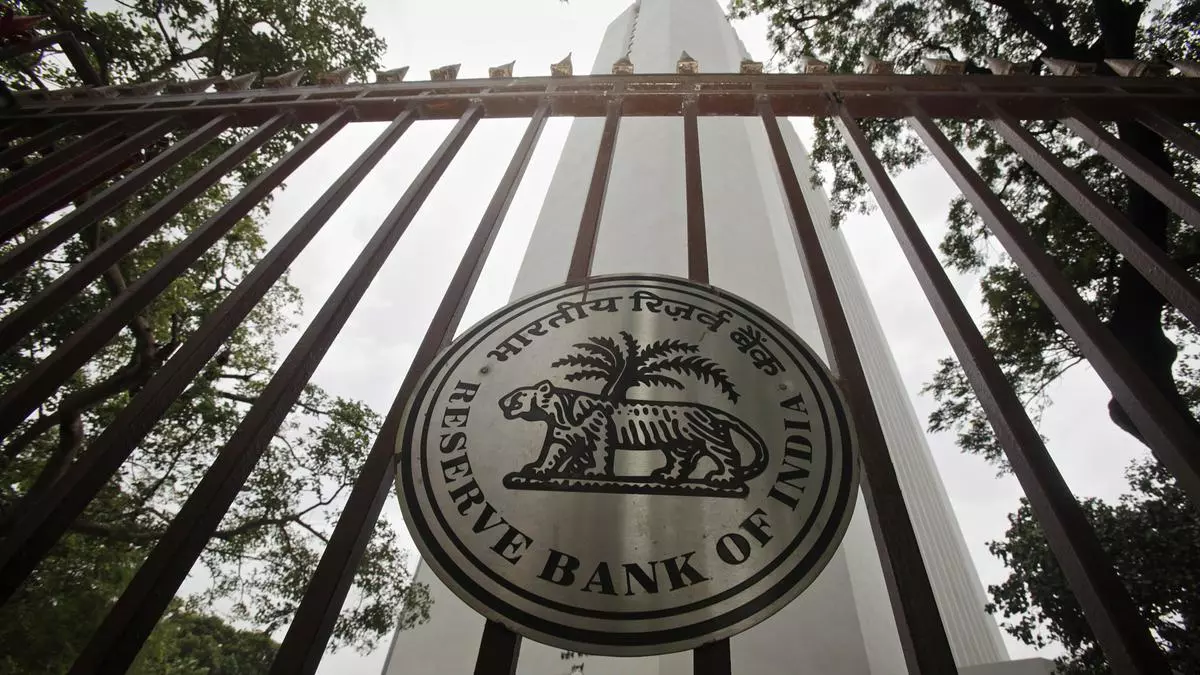RBI plans to tighten dividend declaration criteria for banks
The Reserve Bank of India (RBI) plans to tighten the prudential requirements relating to capital adequacy and asset quality for the declaration of dividends by banks from the accounting year ended March 31, 2025 onwards.
However, banks could be given some leeway when it comes to the maximum dividend payout ratio (DPR), per the RBI’s draft circular on “Declaration of dividend by banks and remittance of profits to Head Office by foreign bank branches in India.”
Guidelines reviewed
The central bank said the guidelines (on dividend declaration by banks and remittance of profits to head office by foreign bank branches in India) have been reviewed in light of the implementation of Basel III standards, the revision of the prompt corrective action (PCA) framework, and the introduction of differentiated banks.
According to the draft guidelines, commercial banks, small finance banks, payments banks, local area banks, and regional rural banks will have to meet the “applicable” regulatory capital requirement (capital to risk-weighted assets ratio/CRAR) for each of the last three financial years, including the financial year for which the dividend is proposed.
Further, the net non-performing assets (NNPA) ratio should be less than 6 per cent for the financial year for which the dividend is proposed, the draft circular said.
CRAR criteria
As per the current prudential requirements (applicable to the dividends declared for the accounting year ended March 31, 2005 onwards), banks should have CRAR of at least 9 per cent for the preceding two completed years and the accounting year for which they propose to declare dividends and a net NPA of less than 7 per cent.
According to the draft circular for the declaration of dividends, commercial banks should have a minimum CRAR of 11.5 per cent; small finance banks and payment banks should have 15 per cent each; local area banks and regional rural banks should have 9 per cent each for each of the last three financial years, including the financial year for which the dividend is proposed.
The current CRAR criteria of 9 per cent is a one-size-fits-all approach to dividend declaration.
When it comes to DPR, the RBI proposes to allow banks to raise it to 50 per cent from the existing 40 per cent if the net non-performing assets (NNPA) ratio is zero.
The ceiling on DPR will range from 15 per cent (for an NNPA ratio of more than or equal to 4 per cent but less than 6 per cent) and 50 per cent (for an NNPA ratio of zero).
Also, the current matrix of criteria for maximum permissible range of DPR, which plots CRAR (ranging from “9 per cent or more” to “11 per cent or more”) against the NNPA ratio (ranging from “zero” to “from 5 per cent to less than 7 percent”), could be done away with.
In the case of foreign banks operating in India in branch mode, the RBI said that if they satisfy the eligibility criteria relating to prudential requirements, they can remit the net profit or surplus (net of tax) of a quarter or year without its prior approval, provided that the accounts of the bank are audited.
In the event of excess remittance, the head office of that foreign bank immediately makes up for the shortfall.
